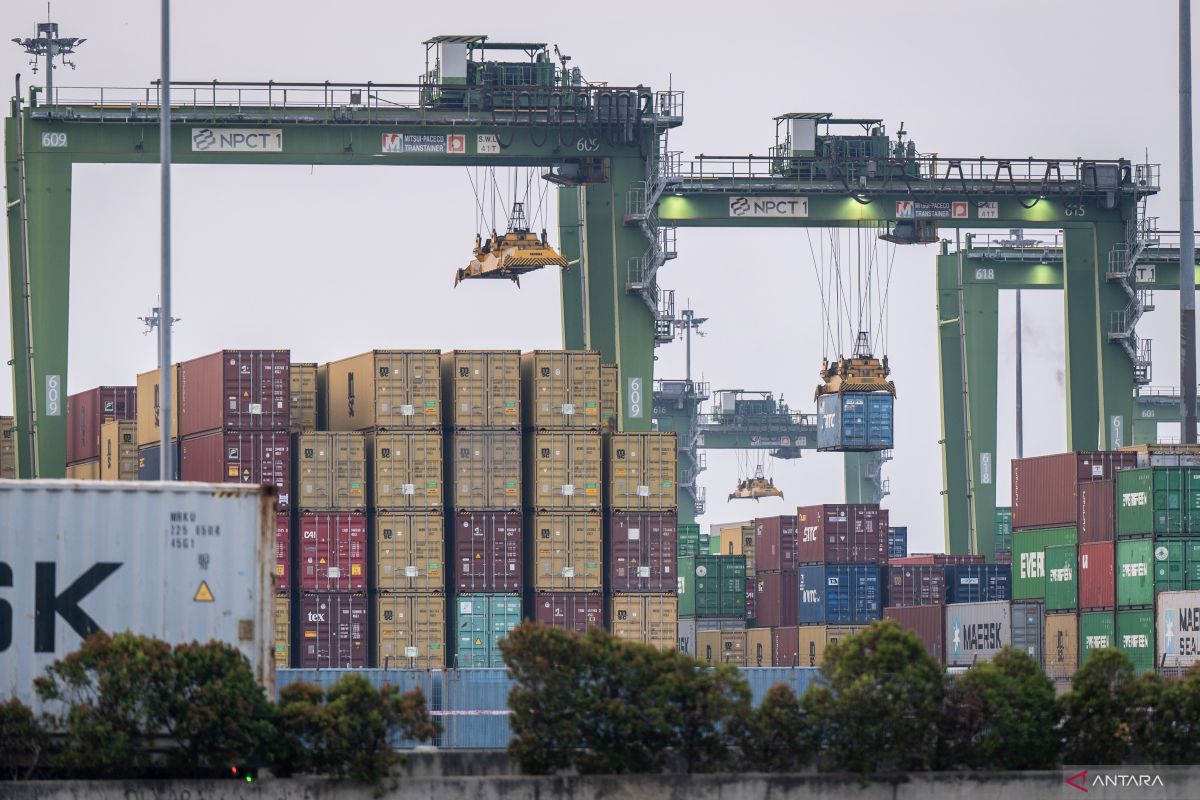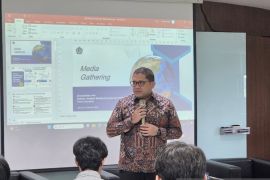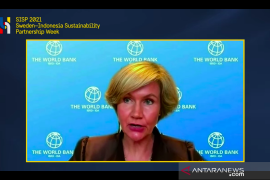This growth is primarily due to the continued solid expansion of the US economy.
In 2025–2026, the global economy is expected to expand by an average of 2.7 percent, in line with strengthening trade growth and a broad but measured easing of monetary policy to support economic activity.
However, the growth rate is far below the average of 3.1 percent in the decade before COVID-19. Both developed and developing countries will grow more slowly as compared to the decade before the COVID-19 pandemic, according to the latest Global Economic Prospects report from the World Bank.
Global growth in 2024–2025 will also be below the average growth in 2010 in almost 60 percent of countries, which represent more than 80 percent of the global population. Amid increasing conflict escalations, the prospects in many vulnerable countries are still weak.
Meanwhile, developing countries in 2024–2025 are projected to grow at an average of four percent, slightly slower than in 2023.
Furthermore, global inflation is projected to slow down to 3.5 percent in 2024 and 2.9 percent in 2025, though the rate of decline in inflation was slower than earlier estimated.
China will grow slower in 2024 and even at a more sluggish pace in 2025–2026, with cyclical challenges weighing on growth in the near future as the structural slowdown continues.
Excluding China, growth in emerging markets and developing economies is expected to increase to 3.5 percent in 2024 and then strengthen to an average of 3.9 percent in 2025–2026, in line with declining inflation, improving financial conditions, and increasing external demand.
Major challenges are still in the way of vulnerable nations, including low-income countries and those facing high levels of conflict and violence, where growth prospects are deteriorating.
According to the chief economist of the World Bank Group and Senior Vice President for Development Economics, Indermit Gill, Indonesia and India are two countries that have robust economic performance.
Indonesia is projected to benefit from the growth of its middle class and generally prudent economic policies, with a projected average economic growth of 5.1 percent over the next two years.
Furthermore, India's economy has improved on the back of strong domestic demand, a surge in investment, and strong service activity.
India is projected to grow at an average of 6.7 percent per fiscal year from 2024 to 2026, which could make South Asia the fastest-growing region in the world.
This performance shows high growth, yet it can be maintained even in difficult situations. Countries can increase their long-term growth by enacting policies that build human capital, boost productivity, increase the efficiency of public spending, and encourage more women to enter the workforce.
Solid growth
The World Bank revised the projection of Indonesia's economic growth in 2024 to five percent from the previous forecast of 4.9 percent by considering the upward revision of the global economic growth prediction, especially for the US and China, which are Indonesia's main trading partners.
In particular, the World Bank estimated that Indonesia's economic growth will be solid, as it is supported by the growth of the middle class and economic policies that tend to be extra cautious or prudent.
The World Bank also revised upward the projection of Indonesia's economic growth in 2025 to 5.1 percent, an increase of 0.2 percentage points from the previous projection. Likewise, Indonesia's economic growth in 2026 is also projected to be at 5.1 percent.
According to the chair of the board of commissioners of the Financial Services Authority (OJK), Mahendra Siregar, Indonesia's financial services sector is also maintained in a stable condition.
The continued stability of the financial services sector is supported by strong capital levels and adequate liquidity amid global uncertainty due to high geopolitical tensions, the potential for widespread trade wars, and global economic performance that is still below expectations.
Indonesia's economic growth in the first quarter of 2024 stood at 5.11 percent (year-on-year/yoy).
In terms of projection, the gross domestic product (GDP) growth in most countries in the Asia-Pacific region (except China), including Indonesia, Malaysia, and the Philippines, will be supported by strong growth of the private sector, low inflation, a decline in loan costs, and strong labor market conditions.
Head economist of Bank Permata, Josua Pardede, stated that Indonesia's economic growth in 2024 will still be around 5 to 5.1 percent, in line with the projections of the World Bank and the International Monetary Fund (IMF).
However, there is still a downside risk to economic growth, especially the public consumption component, where the rate is still below national growth in line with the potential decline in people's real income amid the increase in the cost of living, especially for middle-class people.
To this end, the condition where consumers tend to hold back on spending has the potential to affect the sales performance of businesses.
The government needs to focus on efforts to prevent the community's living costs from increasing significantly and be careful in making adjustments to the prices of goods or services that it regulates, such as fuel, liquefied petroleum gas (LPG), and electricity.
Moreover, the plans to adjust plastic excise rates and excise on packaged sweetened beverages, which are also expected to increase people's living costs, also call for exercising caution.
Hence, to this end, the government must manage the momentum so that the community's purchasing power does not decline in line with the plans related to the prices of goods or services that it regulates, as well as encourage food price stability that can also affect the community's purchasing power.
In addition, the government should encourage quality economic growth that can absorb a large number of workers, which has the potential to increase people's real income and reduce unemployment and poverty rates.
With the increase in the community's real income, it is hoped that consumers' optimism and the community's purchasing power will increase and eventually support solid economic growth.
Related news: New fishing policy targets sustainability, economic growth: official
Related news: Health transformation helps push economic growth: Minister Airlangga
Editor: Rahmad Nasution
Copyright © ANTARA 2024












